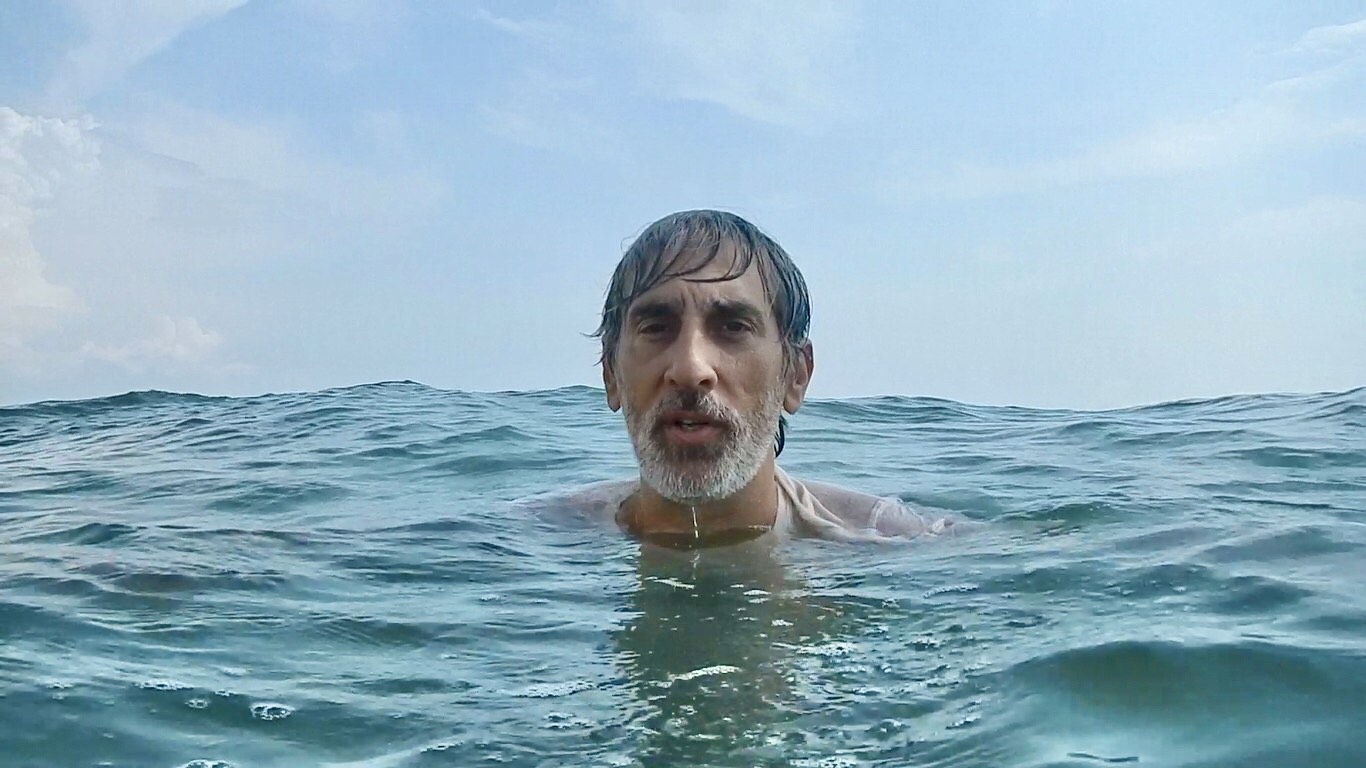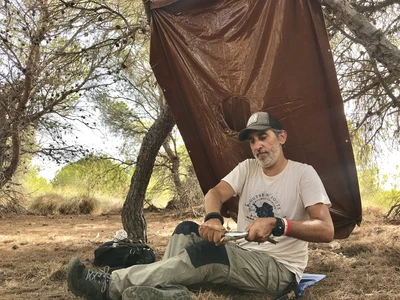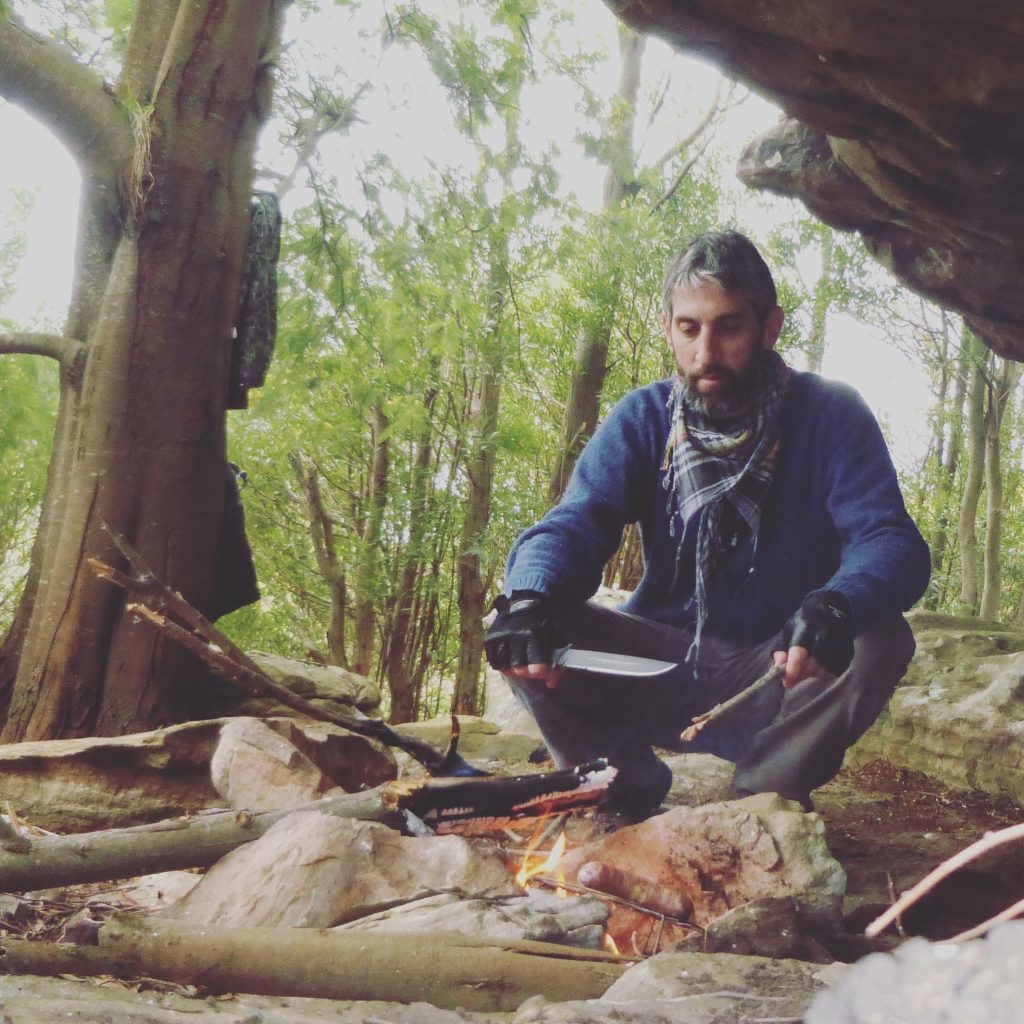“The Pillars of Survival”
By Matias Abaro
We often talk about survival techniques. We see it in countless YouTube videos, movies, etc. And it is a correct exercise, we have to know most of them and, mainly, practice them. Let’s not just stay with the theory. A few days ago, on my YouTube channel (@WildMaty) we talked about the “pillars of survival”, the priorities and first steps in a survival situation. Each case, each situation is unique and therefore we will have to adapt to the circumstances. But what we can do is keep in mind and carry out a generic action plan to start our survival. For this I use a mnemonic rule that is P.R.A.C = Protección- Rescate/Refugio – Agua -Comida (In Spanish). Or PRWF: Protection – Rescue / Refuge – Water – Food. These would be the priorities to take into account and a generic guide to know how to act, what aspects to focus on first and what other things to leave for later in a survival situation.
The first of them is the P of Protection:
In any survival situation our highest priority is our own protection, it is to be safe and secure at that time. Get out of immediate danger. We can’t survive or help the rest if we didn’t do it ourselves before. For example: in a traffic accident, the main thing and our first action would be to get to safety, and then help the rest of the victims if there were any.

Following the order of our priorities, our second step would be the R, prepare a Refuge or prepare for a Rescue.
If it is getting dark and we are in a survival situation, our second action would be to prepare to spend the night. For that we will have to make a refuge: its characteristics and how we do it will depend on the place where we are. The idea of the shelter is not to consume too much energy in its construction, we must take advantage of the environment and the resources we have. For example: If we are in a forest we can take advantage of some fallen trunk, place some leafy branches forming a sloping roof. If we could find a cave it would be a very interesting option, since our shelter would be almost ready without effort. If we are in a desert area, we can rest during the day and walk at night to avoid the heat. We do not sleep directly on the sand since it is a terrible insulator. If we are in the snow we can make a quick refuge on the slope of a hill by digging and creating a snow cave.
As we said, the R also refers to our ransom. If we are lost it is important to make ourselves visible. The ideal is to stand out from our environment, look for clear, wide places from where we can be more easily located. We can light a large bonfire of branches and green foliage to create a lot of smoke. If we have reflective elements, mirrors, brightly colored clothes, it is important to use them and thus attract attention.
“Don’t do stupid things!”
– Preparation and prudence are essential.

After being protected, with a shelter made or with a system to be visible, now our next step will be to get water (W).
It is not easy to get the vital element of life, for that it is important to know our environment and the possibilities it gives us to be able to get that water. If we are surrounded by snow, remember that eating it directly can accelerate hypothermia in addition to hurting our mouth. It is best to melt the snow, but keep in mind that it is made up of only 10% water and 90% air so we will get a small amount. In temperate climates we will have more chances of finding streams, rivers, lakes, etc. A good method is always to go down, due to gravity the water usually goes down. If we are on a mountain, let’s go down. Deep in the valleys there is more vegetation and therefore more likely to find water. Remember that the human body can survive for 3 to 5 days without water, this time is dynamic and will depend on the climate in which we find ourselves and the rate at which we burn calories.

“Finding food is not a top priority”
– The body can endure without food longer than without water
Finally we have the F for Food:
It is last on this list of priorities since the body can incredibly endure 7 to 12 days (and even more) without food. It is also a complex issue since when looking for food we are more likely to be injured or attacked by animals. We can also eat things that make us sick and leave us in a more vulnerable situation than we were. To think about food we have to be in a situation of extreme survival that, possibly, we will never find ourselves. What we can do is pick fruits such as chestnuts, walnuts, almonds for their caloric/energy contribution and the ease of their collection. I would rule out mushrooms or mushrooms unless we are experts in mycology.

“The most important thing is protection”
– Safety comes first in any survival situation.
And if I can provide one last survival advice it would be… let’s not do stupid things!
If we go out into nature, let’s be prepared, let’s avoid going alone. Let’s say to several people: Where we are going, the route we are going to do, how long it will take us and specify a time in which if we do not arrive or do not communicate, alert the authorities. Not overestimating our limits or the experience or knowledge we have is essential.
Wild Maty
If you want to see more inspiring and educational videos about hiking and trekking, make sure to follow Wild Maty’s YouTube channel (@WildMaty) and Instagram account! You’ll find more stories, tips, and survival skills for exploring the great nature. 🌲🔥
Instagram: @Wild_maty
YouTube: @WildMaty
Discover more from Polarcraft | Käsintehdyt puukot ja nahkatuotteet
Subscribe to get the latest posts sent to your email.
